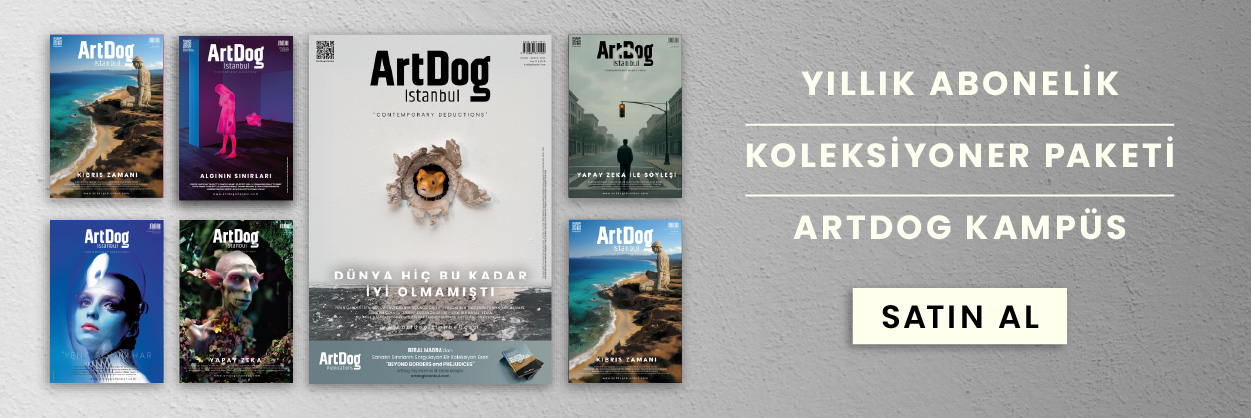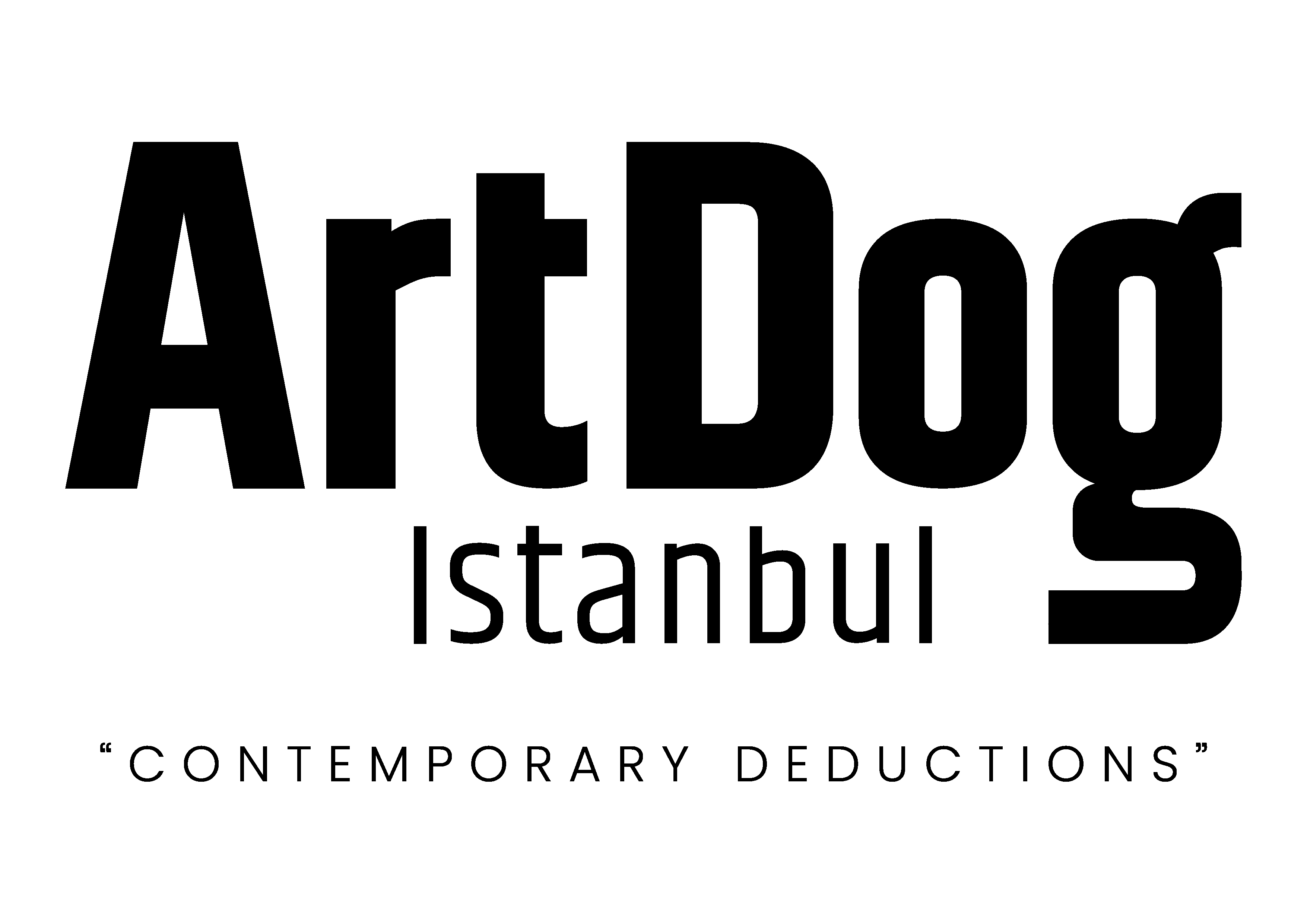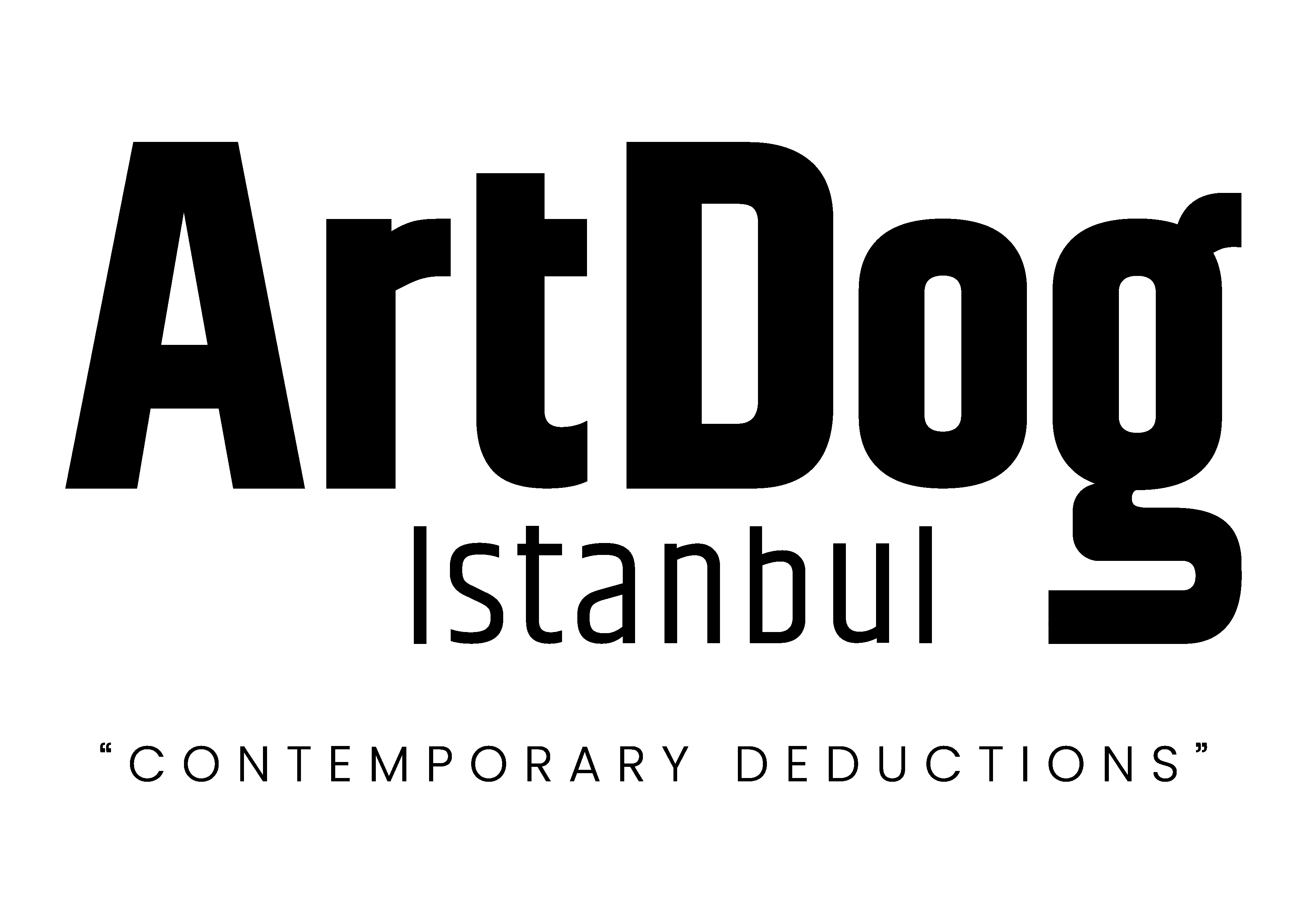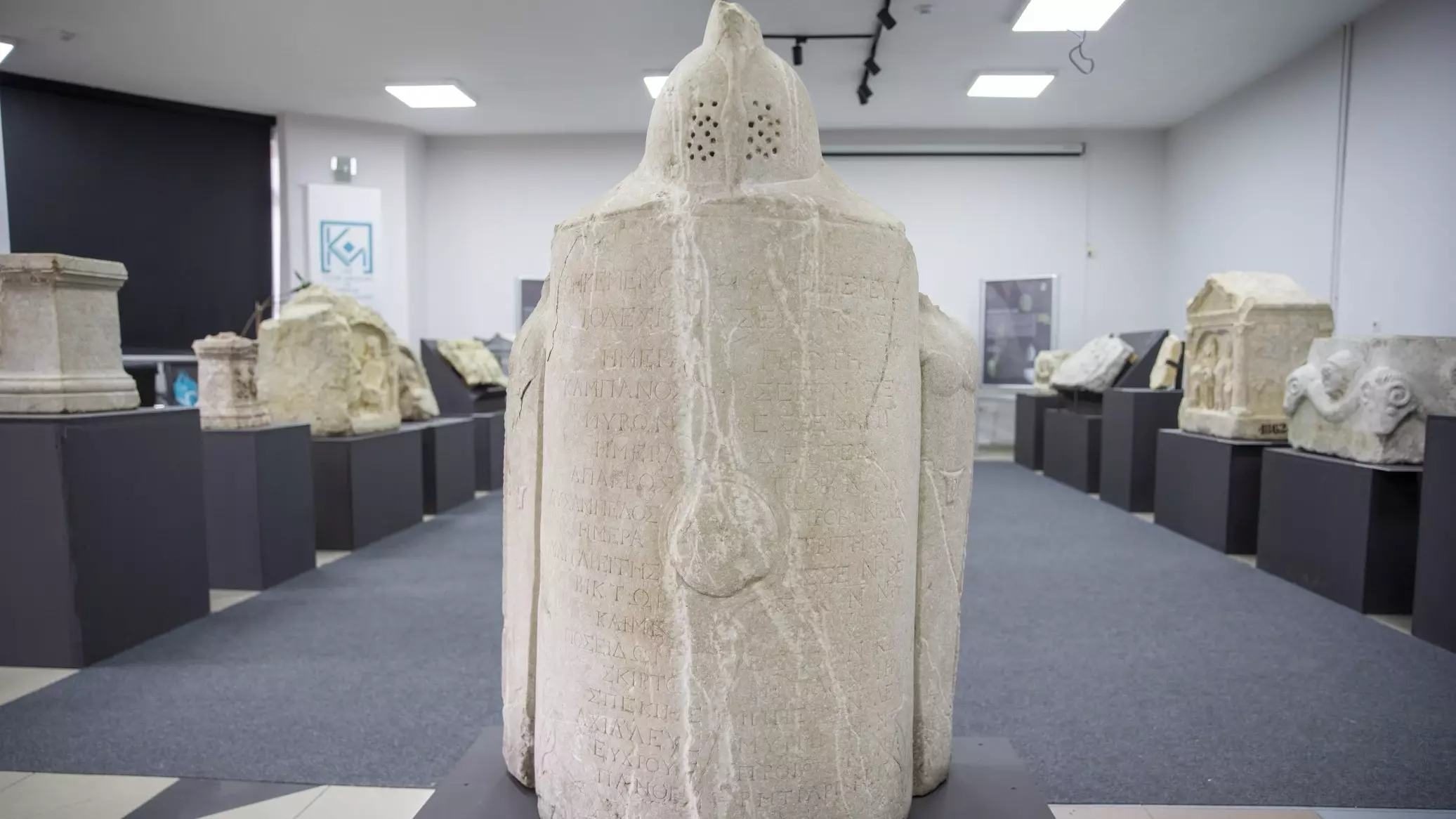Unearthed in the city center of Bolu and added to the museum collection in 1987, the Gladiator Tomb Monument has been unveiled to visitors for the very first time. The rare artifact records the names and victories of gladiators who once fought for survival, fame, and freedom in the blood-soaked arenas of the Roman world.
Discovered in the Tepecik Neighborhood—an ancient cemetery site during the Roman period—the monument now takes its place in Bolu Museum’s exhibition From Kalkhedon to Klaudiopolis. Dating to the 2nd and 3rd centuries A.D., it was commissioned by Priest Secundus as a tribute to gladiators who fought one-on-one, shedding light on Klaudiopolis’ role as a stage for the empire’s gladiatorial spectacles.
The Greek inscription etched on the monument reads like a roll call of warriors: Campanus, a sword-and-shield fighter with 65 victories; Myron, a chariot fighter with 43; Apleros, a provocateur with 52; Chrysampelos with 35; Margarites, another chariot fighter, with an astounding 75; Victor with 58; Poseldonlos with 24; Skirtos, a net-and-trident fighter, with 18; Spekles, a mounted gladiator, with 35; Achilleus, a helmeted warrior, with 40; Euchorous, another provocateur, with 50; and Panter, a net-and-trident fighter, with 15. Together, they testify to the ferocity and scale of contests that lasted four days.
Bolu Museum Director Atılgan Kaya emphasizes that Klaudiopolis was not only an important Roman settlement but also a cultural hub where large arenas hosted gladiatorial combat. He notes that under Emperor Hadrian, the city reached a period of intense urbanization—much of the archaeological heritage in Bolu today originates from this era.
While many gladiators were drawn from slaves or prisoners, Kaya highlights that the arena also offered a paradoxical promise: fame, wealth, and sometimes even freedom. The monument, inscribed with names and triumphs, serves as a reminder that gladiatorial life was not confined to Rome’s Colosseum. Bolu’s ancient stadium, too, resounded with the clash of steel, underscoring the city’s place within the broader network of the Roman Empire.







